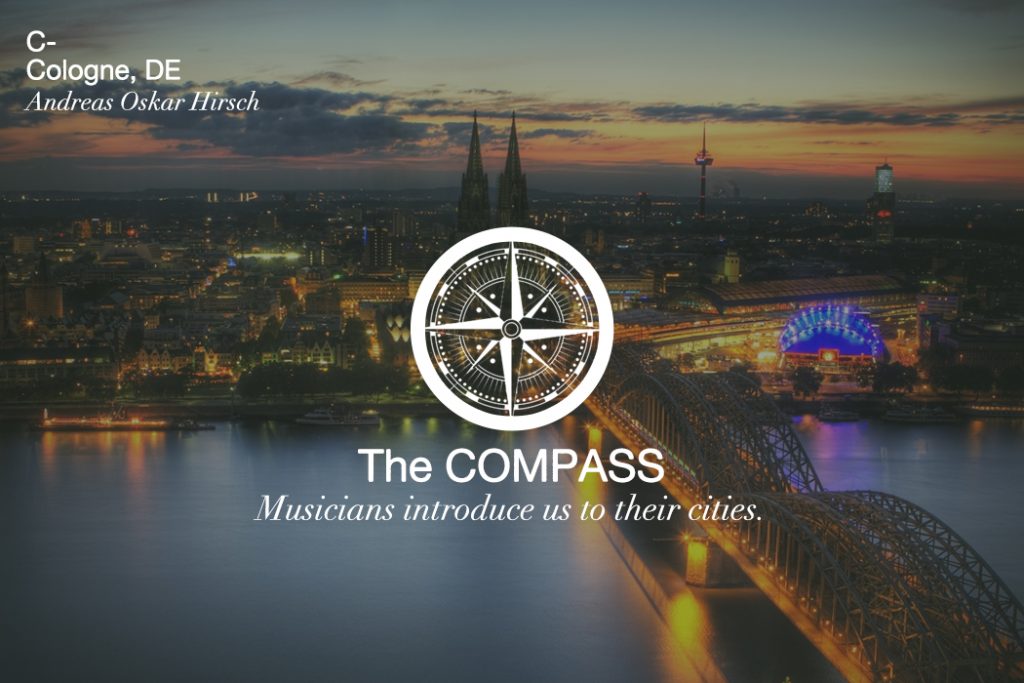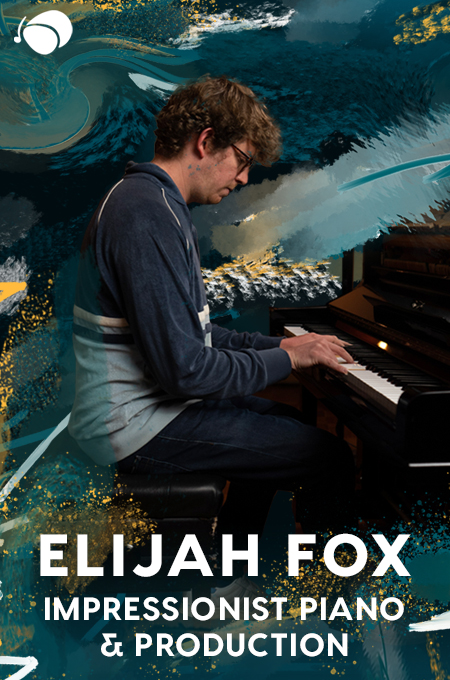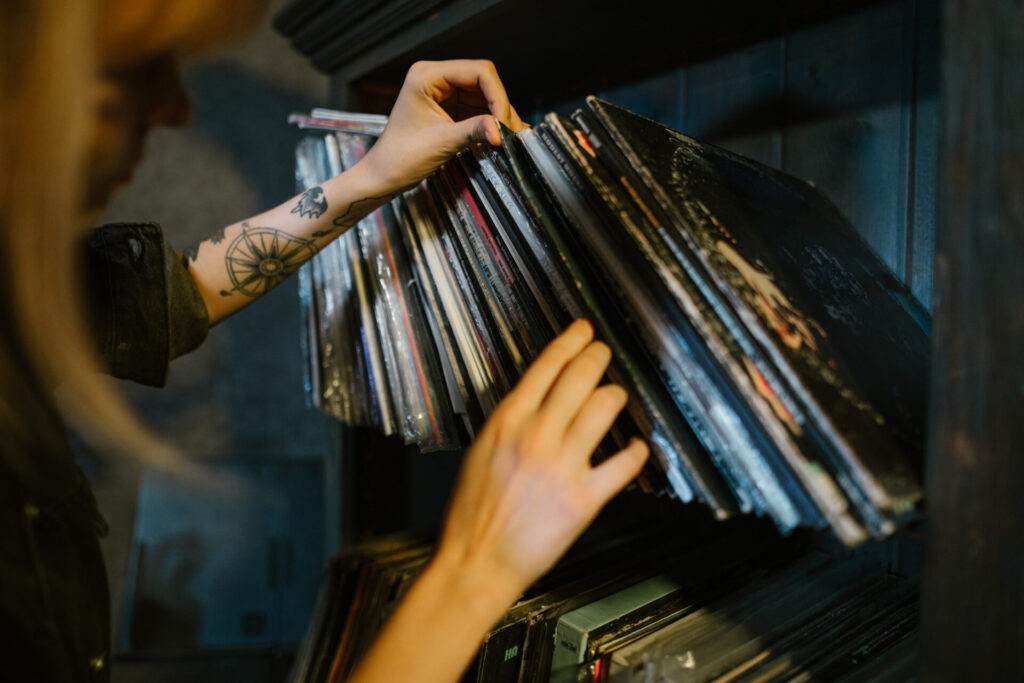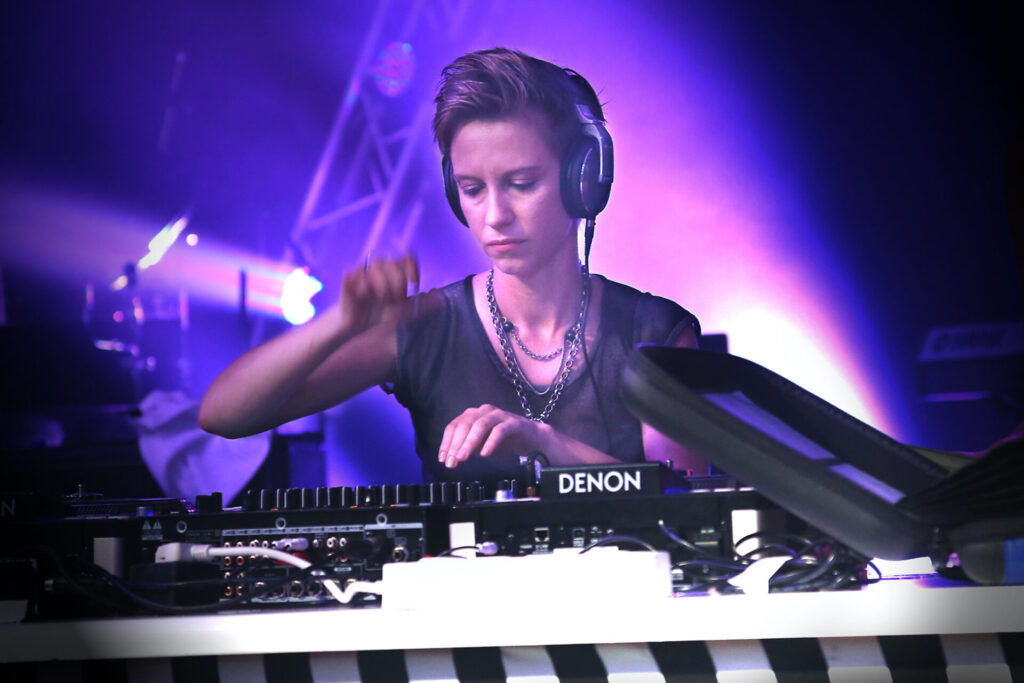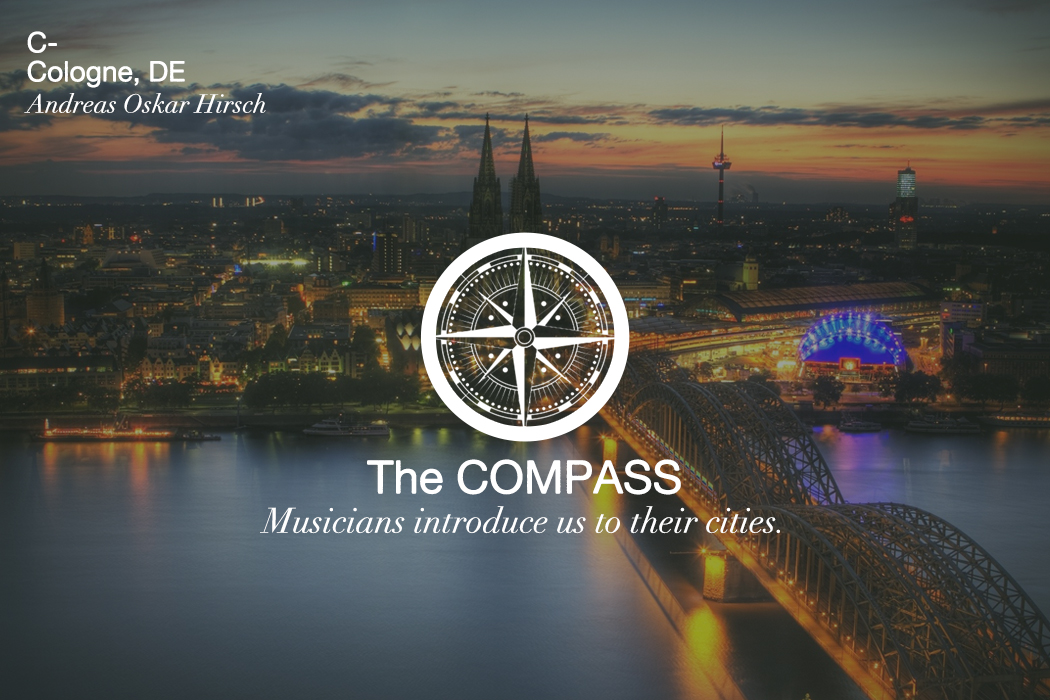
By Andreas Oskar Hirsch
Köln or Cologne, Germany, offers a vivid scene with regards to experimental, new music, electronica, classical music, jazz, cross-border projects, improv, and more. To me, the city is quite well-connected to sonic exploration, research, and experiments. In German we call it, “Klangtüftelei,” which means working with sound in a playful and enthusiastic way, creating new set-ups, combinations, etc. And Cologne is right at the heart of it; you find all sorts of people working on beautiful and odd projects. In fact, some of the ghosts of Dadaism, Surrealism, and Fluxus might actually be alive here. The city has been under a very strong influence of the 20th century avant-gardists and represents an important landmark for early forays into electronic music, particularly with the opening of the Studio for Electronic Music of the West German Radio in the 1950s.
One always has a large choice of interesting concerts, sound performances and installations, great record shops, a music conservatory, as well as an art academy that combine to create a constant flux of young people coming to the city and a strong sense of community between the artists. Here are a few of the places and programs that make Cologne’s little world great.
Interested in hearing more about the sounds of cities from the artists who love them? Catch up on the full COMPASS series here.

An excellent record shop right in the center of town is a-musik. It’s been run by Georg Odijk, Frank Dommert, and Wolfgang Brauneis for almost ever. They just celebrated their 20th anniversary in October 2015, and they are a surefire spot to find electronica, experimental stuff, art records, rare vinyl, and limited-run cassettes. They have it all! They even also do distribution and mail order. Great choice and great people. Every first Thursday of the month they keep the shop open until 10pm and there’s a DJ or a small but exciting live set. These evenings are always a nice opportunity to discover new music, enjoy a drink, and meet people.

If you are into rock guitar music, Gebäude 9 offers an amazing program for that. I’ve seen some milestones here, like The Fall and Deerhoof. It’s also a good place to go out dancing. It’s situated in a former factory site, and is really quite charming.

Brückenmusik takes place inside the hollow body of the Deutzer Brücke, one of the bridges crossing the Rhine. Once per year, usually in July, you can walk along the inside of the construction and discover sound installations dedicated to the spot and its characteristics. Cars and trams drive over the bridge above your head, giving the space an intense atmosphere full of long sonic reverberations. This is not to be confused with the Acht Brücken Festival, which takes place at different venues throughout the city and which is dedicated to contemporary music at a large scale, every year in May.
Architecturally, Ebertplatz is something of a non-place. This venue consist of a handful of project rooms and two African bars situated in a concrete shopping passage linking the subway with the street level. It’s really not what I would call a beautiful place, too much concrete, but since young artists and curators took hold of some spaces, the below level of Ebertplatz has become very vivid and attracts many active artists and performers. They have exhibitions, concerts, performances, workshops, etc. It is definitely worth checking out if you are interested in the young art scene around town. Here are some of the many programmers at Ebertplatz: Gold und Beton, Tiefgarage, Bruch & Dallas, and Labor Projektgalerie.

Saint Gertrud is a church of strange character on Krefelder Street, built by the German architect Gottfried Böhm. I hadn’t really paid much attention to this building until a friend of mine invited me to do sound recordings there. We noticed the peculiar acoustics, due to the many angles of its nave: long reverberation times and awkward reflections. The acoustic conditions actually make it difficult to communicate if you stand more than five meters away from someone, all of the sound just gets washy and munched up. As far as I know, they stopped having masses for that reason, people couldn’t understand what the priest was saying… For musical purposes or deep listening, however, it is a fascinating place. Sounds from the street sweep in, mingle with trains passing behind the church, as well as with the voices of children from the schoolhouse next door. All this creates an atmosphere almost as if you were sitting in a huge cave. And, if you’re lucky, maybe you’ll be able to see a concert there as well!
Saint Peter is another one of the many churches in town, but this one has a very close connection to the arts. They run an excellent music program, offering both religious music and new music, early and contemporary electronic music, sound installations, and more. Now and again, they offer what they call lunch concerts, starting around 1pm, by donation. You can take your lunch break, go listen to Ligeti, and then go back to work! Oh and one amazing detail about this place: Their organ can be hooked up to midi devices, which offers an insane range of possibilities! Friends of mine almost trashed it once during a performance. It’s the same guys that have been running Brückenmusik for the last couple of years and I hope they won’t destabilize the bridge one day with gigantic sub-bass or something — I need it every day to cycle across the river to my studio!
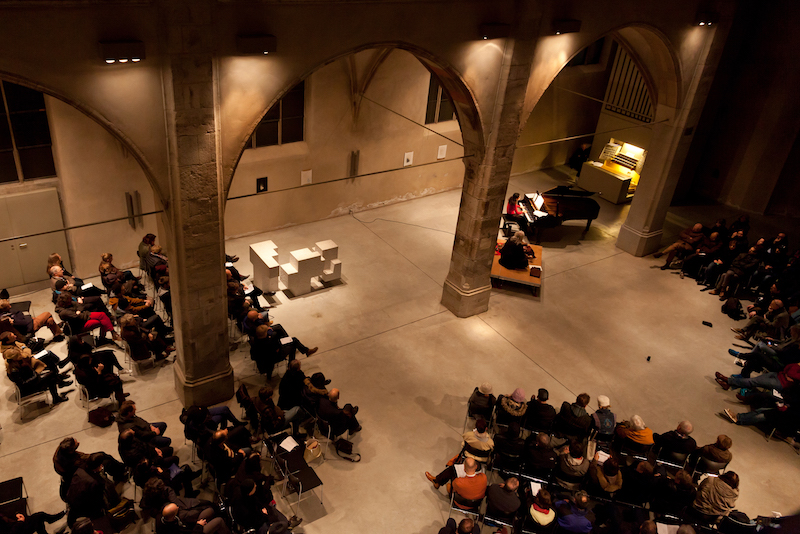
reiheM is an undogmatic programming organization for new music, early and contemporary electronic music, sound art, and more. They run about ten concerts per year in different locations, always adapted to the requirements of the musical pieces. They have managed to realize quite an impressive list of concerts over the years. Some highlights include an evening dedicated to Moondog featuring his collaborators from the 70s and 80s, an evening of the sound and film works of Jerry Hunt, Charlemagne Palestine, just to name a few. But their website is only in German, so run it through a translator if you want to learn more!
Nocturne is a very generous program which takes place at the Academy of Media Arts, founded by Anthony Moore and Matthias Muche. I studied here and was also able to do some teaching after as well, so I feel quite connected to the place. There are always interesting things going on here. The Nocturnes are particularly dedicated to sound art and concerts of contemporary electronic, or electroacoustic music. Sometimes the live setups are crazy, but they always come with some concentrated listening! Entry is free and you can even get a drink around the corner at one of the many Cologne-style kiosks and take it with you into the show. It’s a great place to meet local artists and musicians.
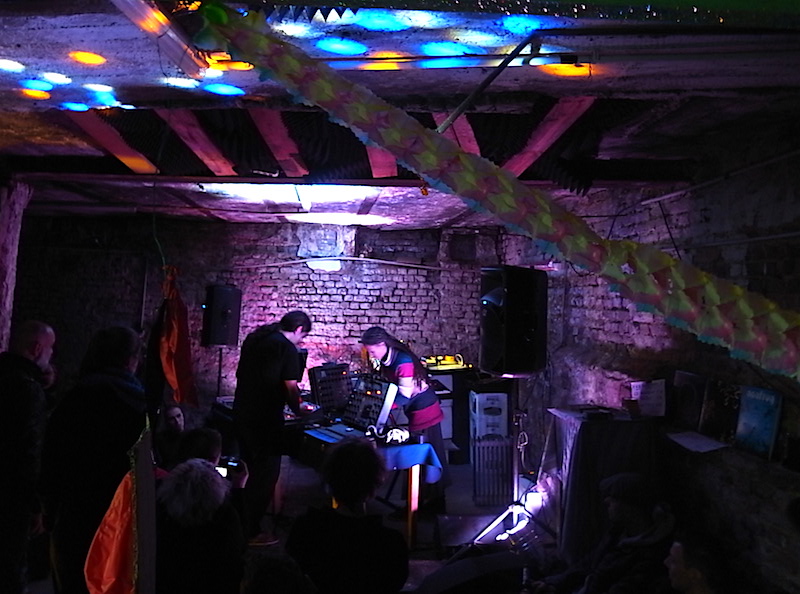
Baustelle Kalk is run by an energetic trio of punk rock ladies who are also involved in what’s going on at Ebertplatz. It’s amazing who and what they have been able to bring to their backyard venue since opening in 2012: concerts and performances, art exhibitions, workshops, and residency exchange projects, all with tons of character and charm. I hope they keep doing it for a long time to come!

Stadtgarten has a pretty concert space made up of a small space in the basement and a restaurant. A wide range of styles are performed here, from excellent jazz concerts, electronics, improvised music, and electroacoustic oddities. If you have the chance to visit at the right moment, you should not miss Reconstructing Song, a program that takes place several times a year focused on introducing surprising musical approaches and combinations, like for example the unbelievable Konono No. 1 from Kinshasa or Animal Collective.
—

Andreas Oskar Hirsch works as a musician and visual artist. He has been inventing various musical instruments that he performs with, among others, the Electric Palm Leaf, as well as his latest construction, the Carbophon, a kind of a super-kalimba. Moreover, by connecting melodicas to the air chambers of a rubber boat or decoding bird calls via Morse code, he investigates sound, setups, narratives and performative processes and pushes them to a point where frenzy, humor, sense, and nonsense meet. In 2015, he released his album Summe 1 on Makiphon.
